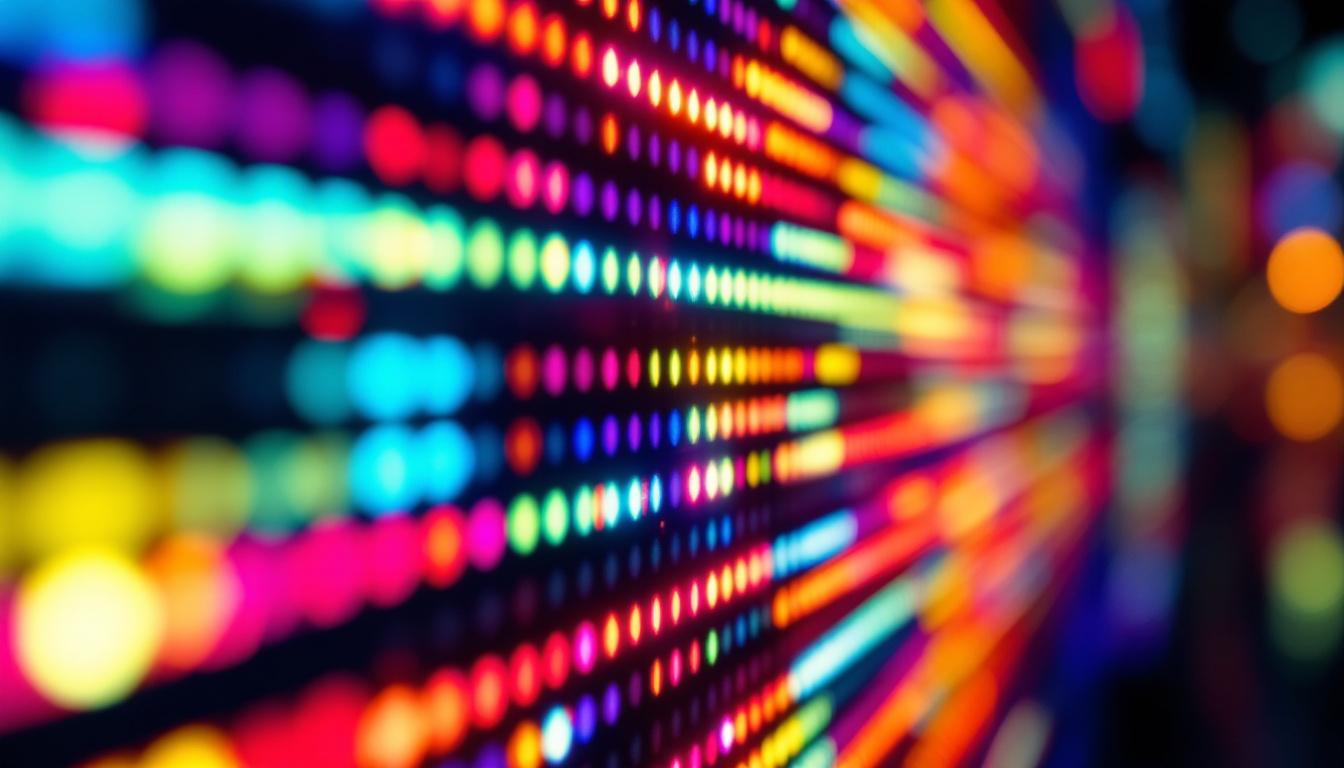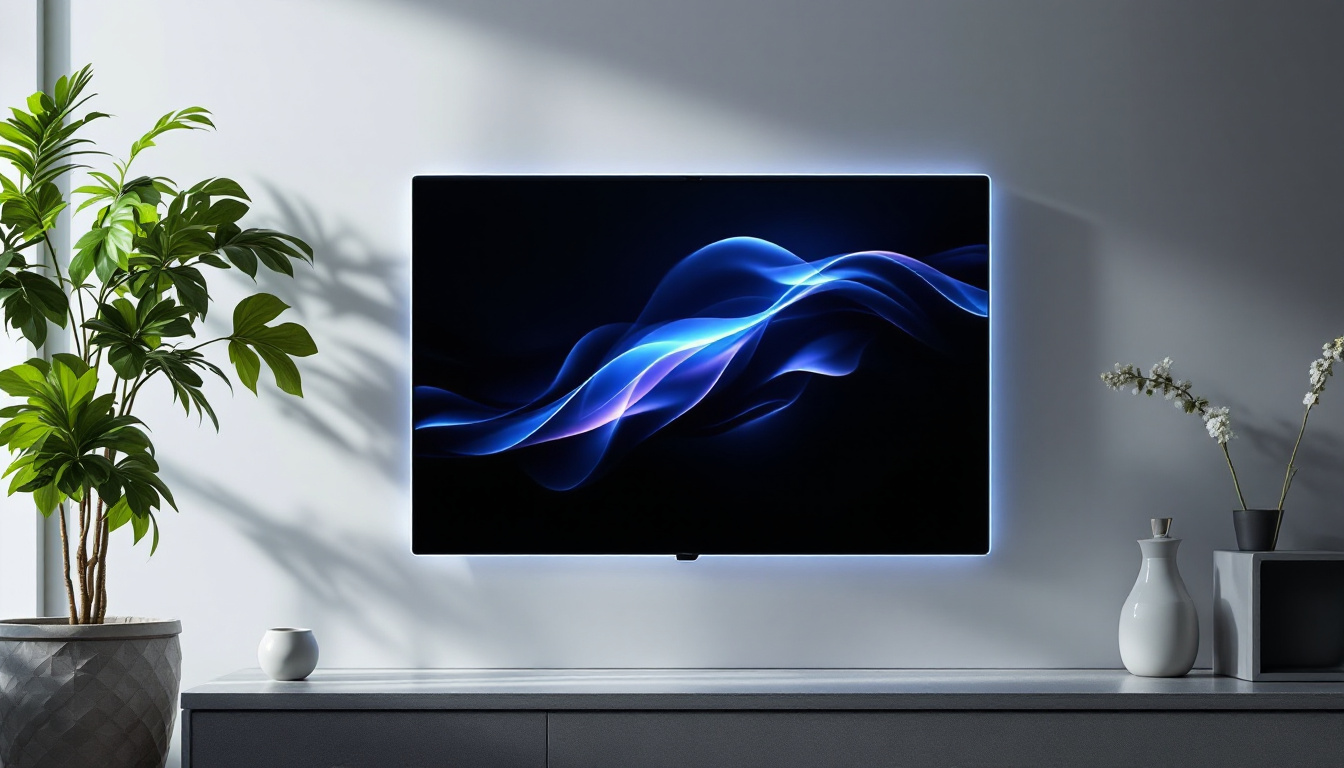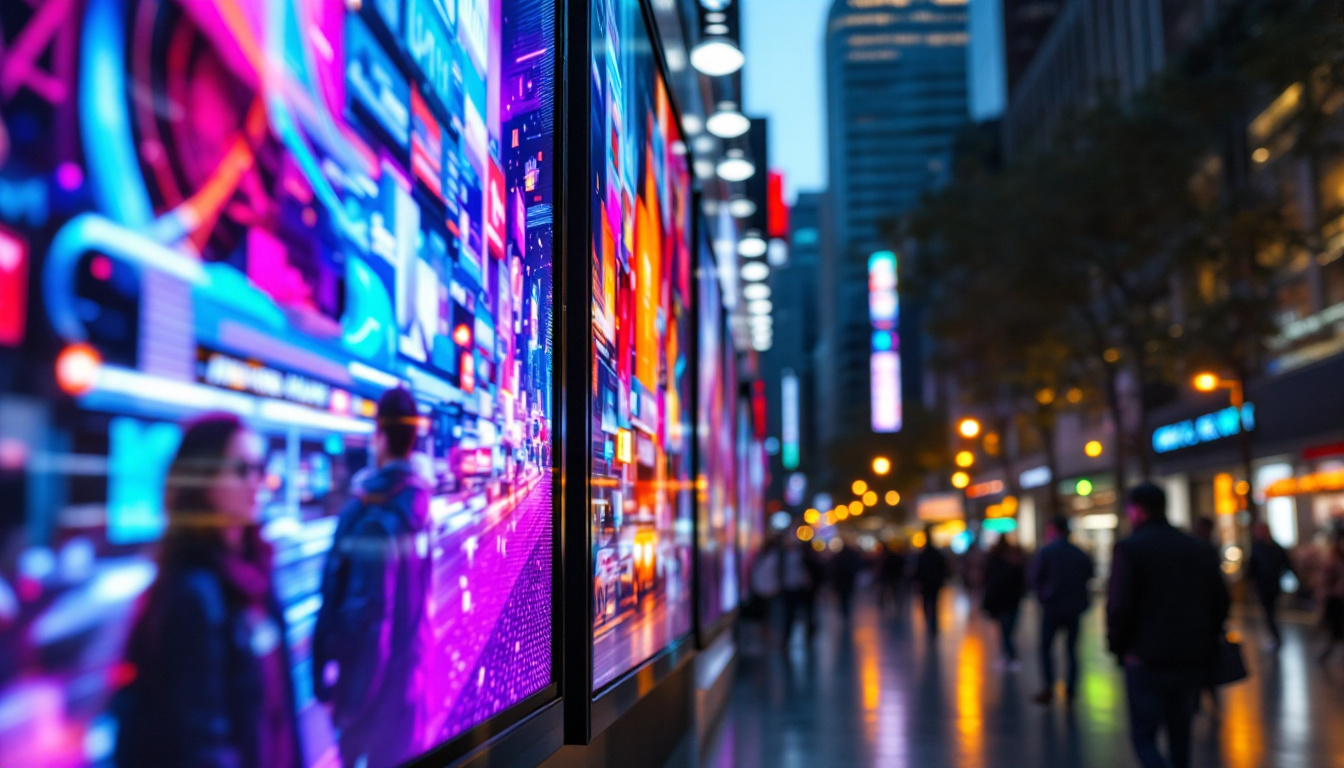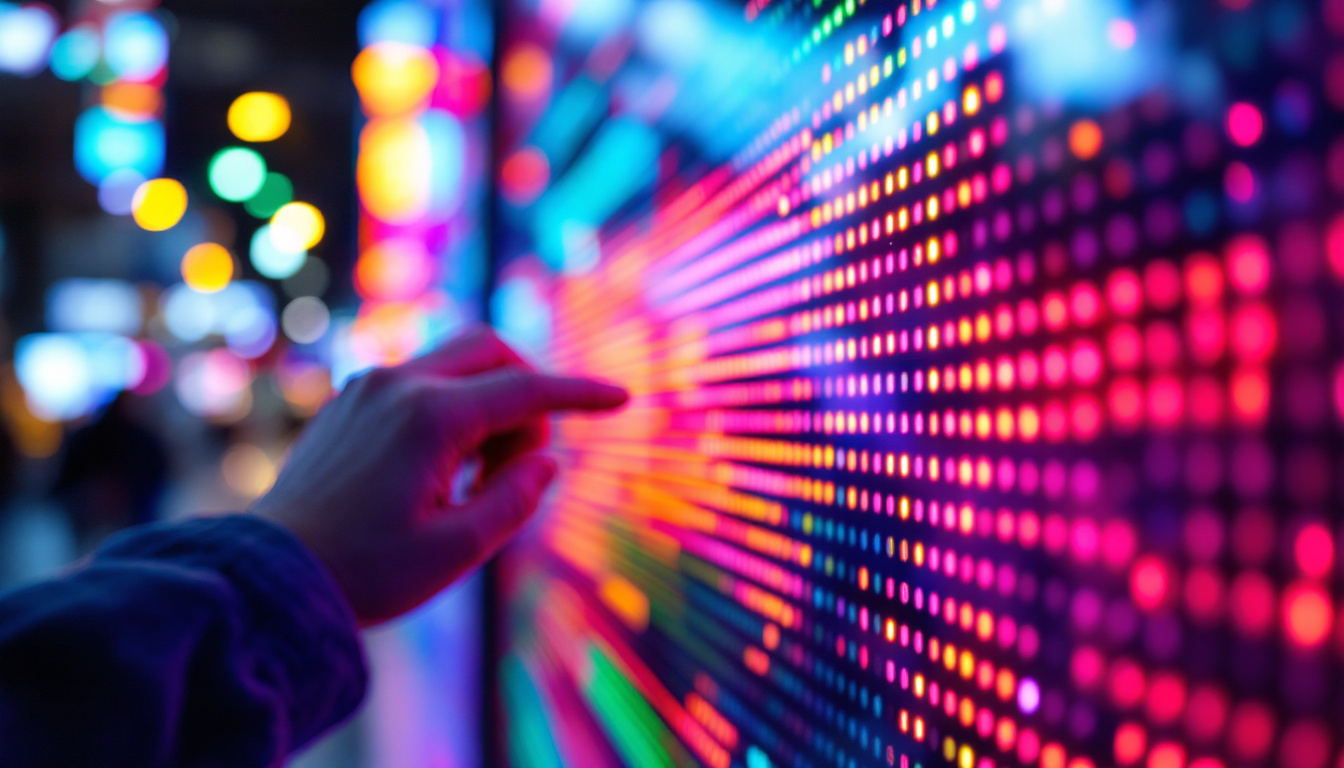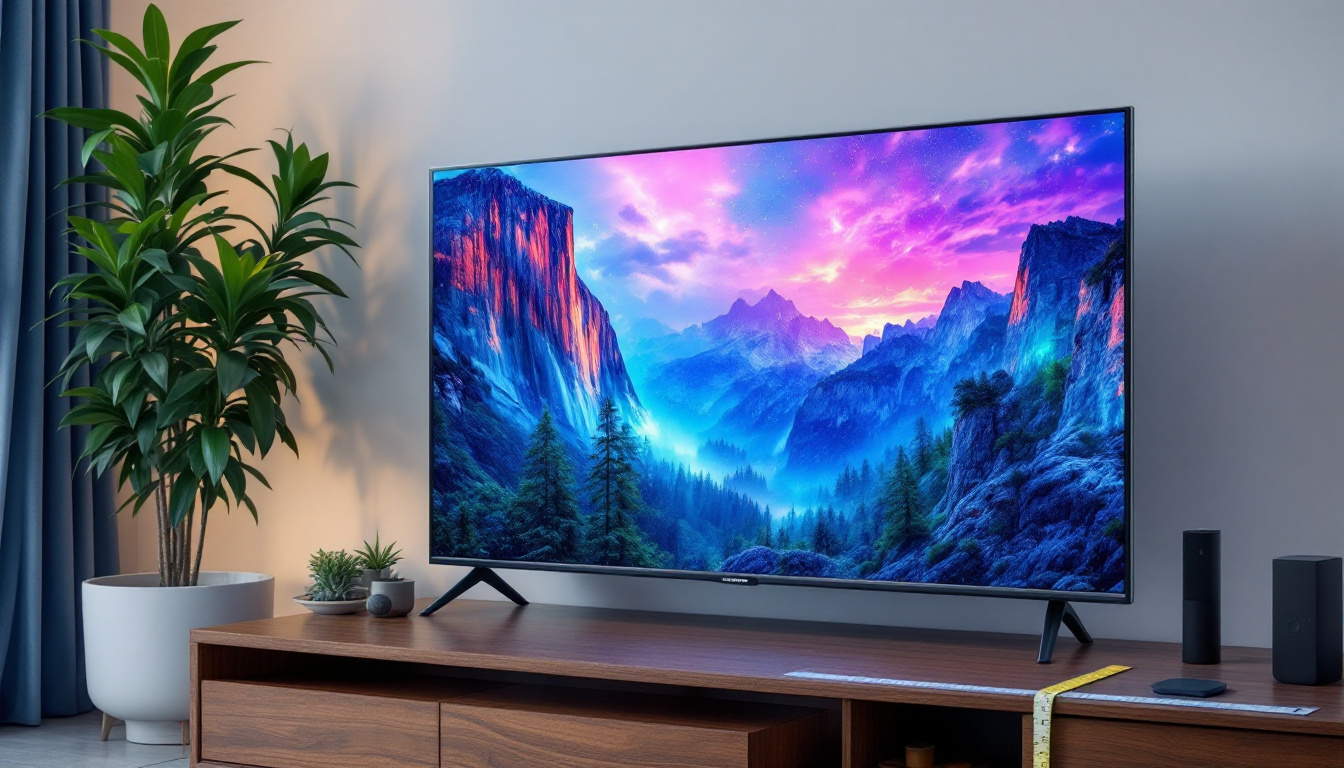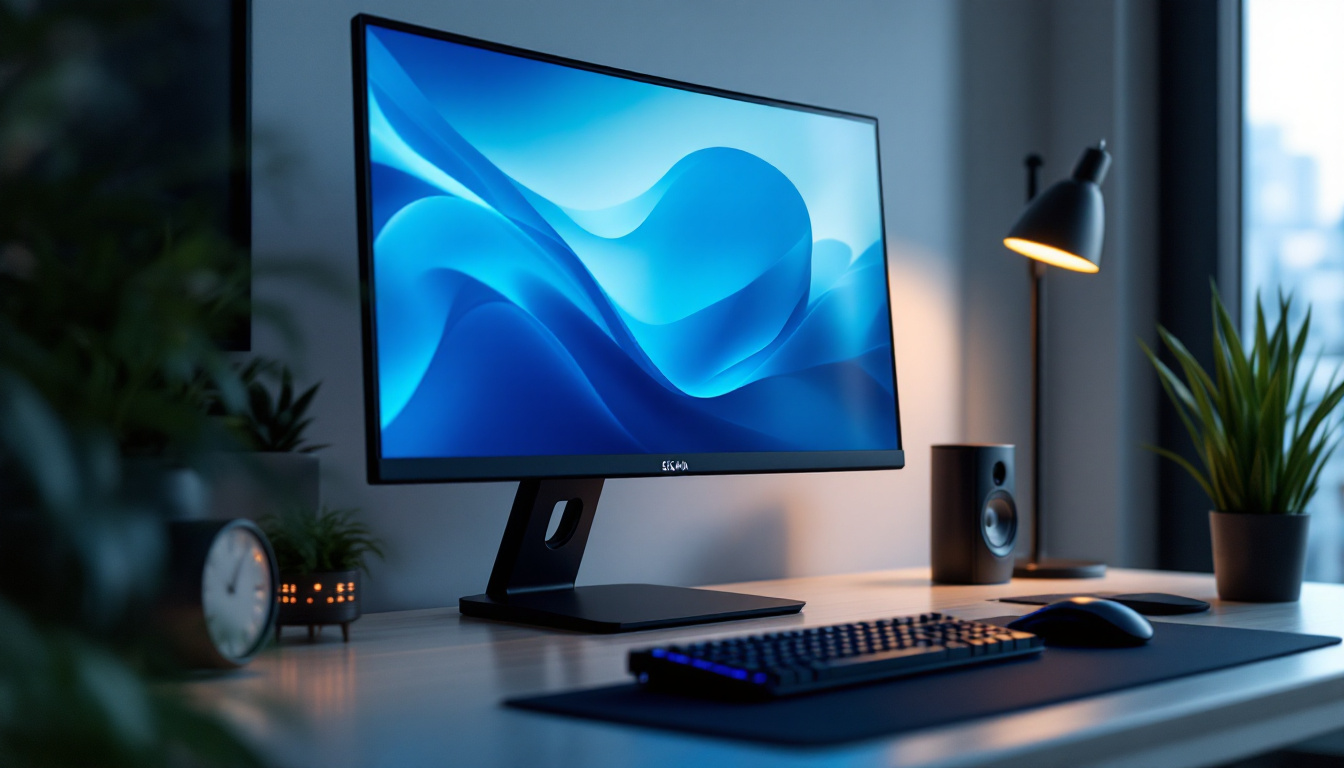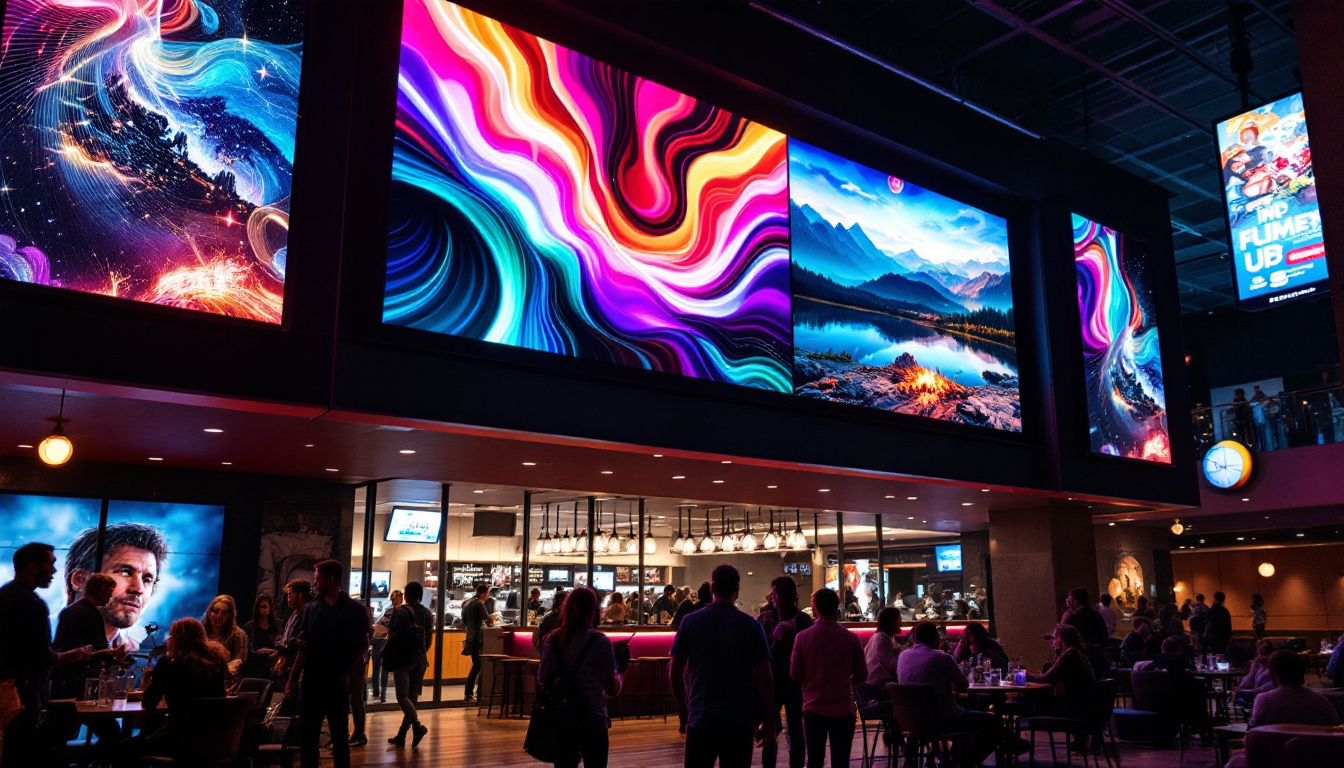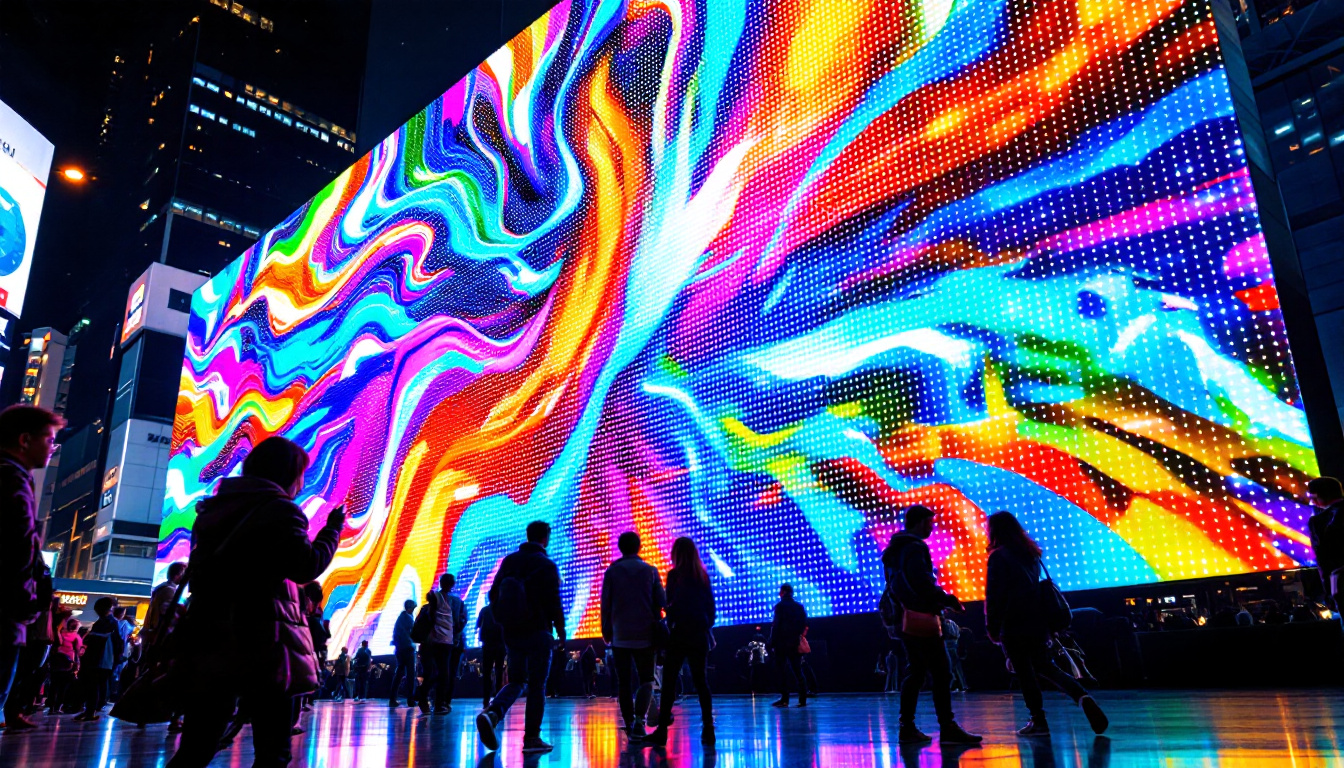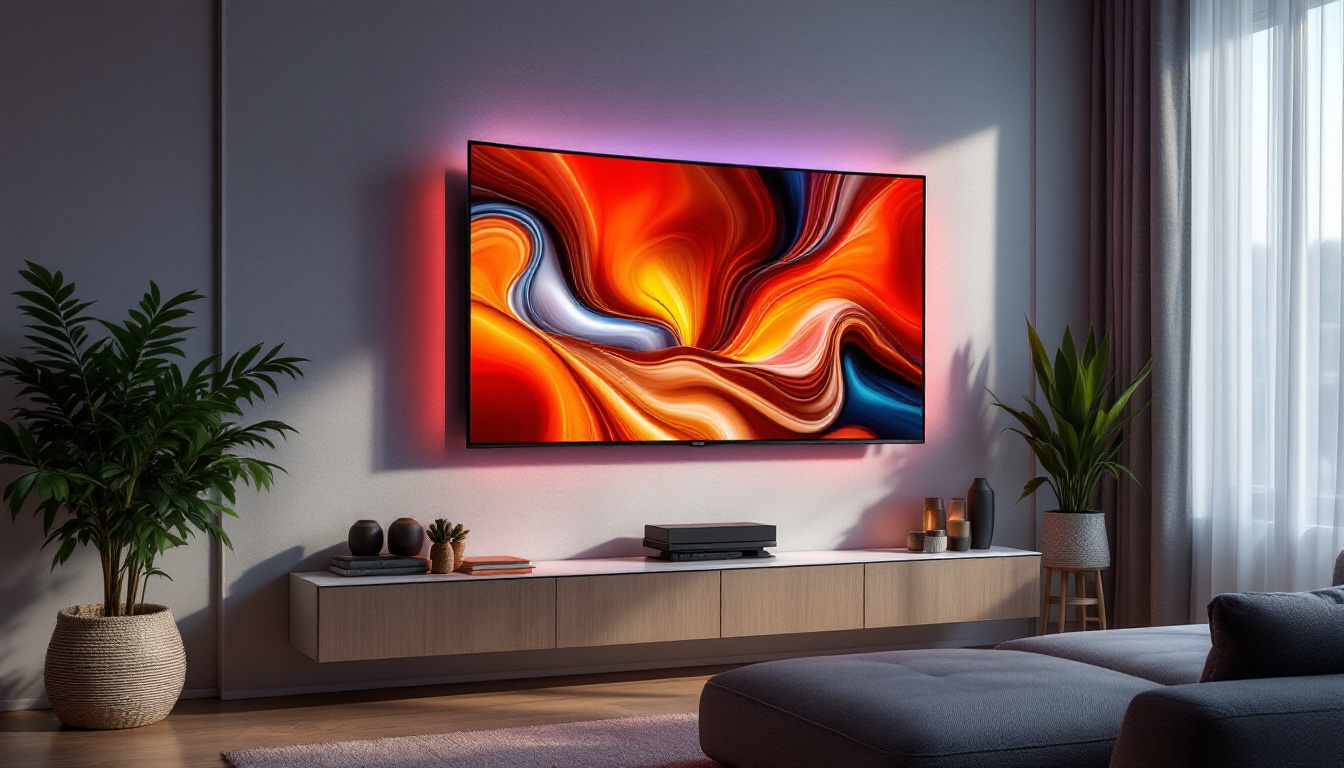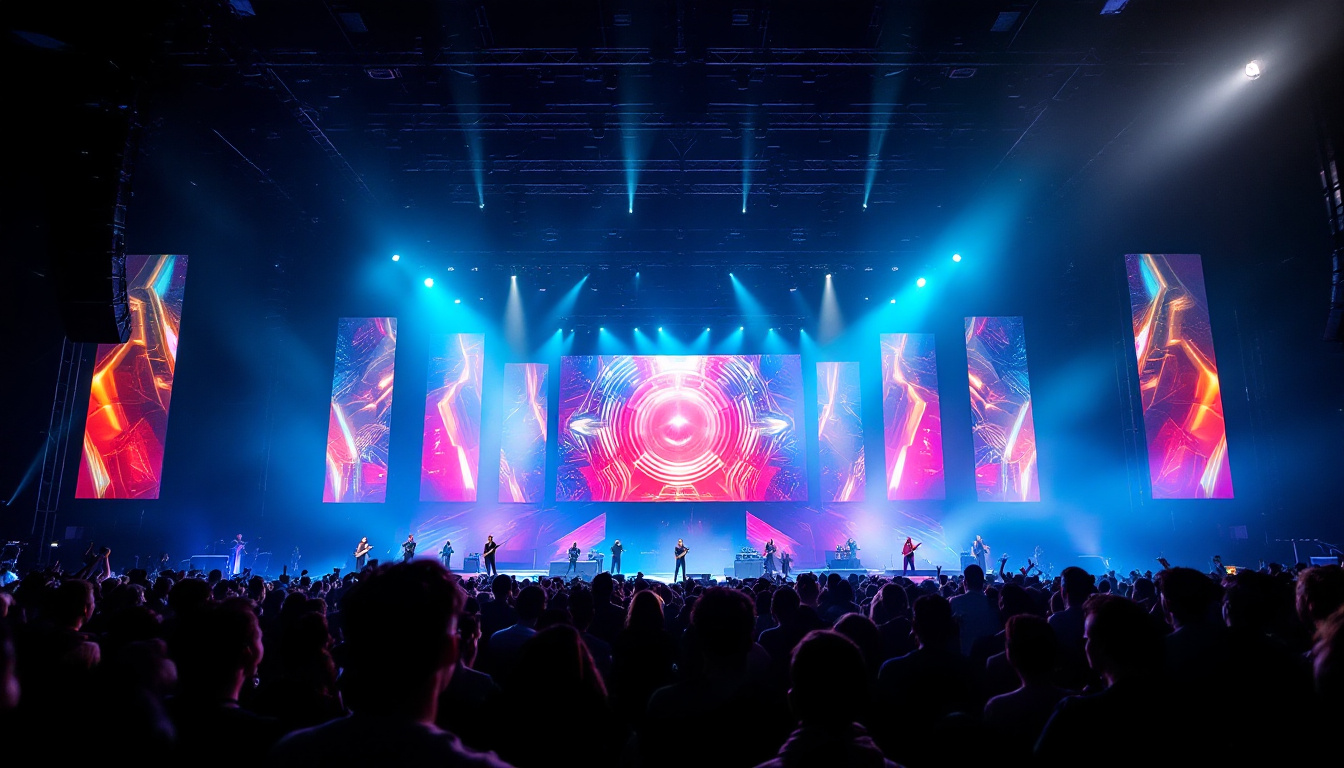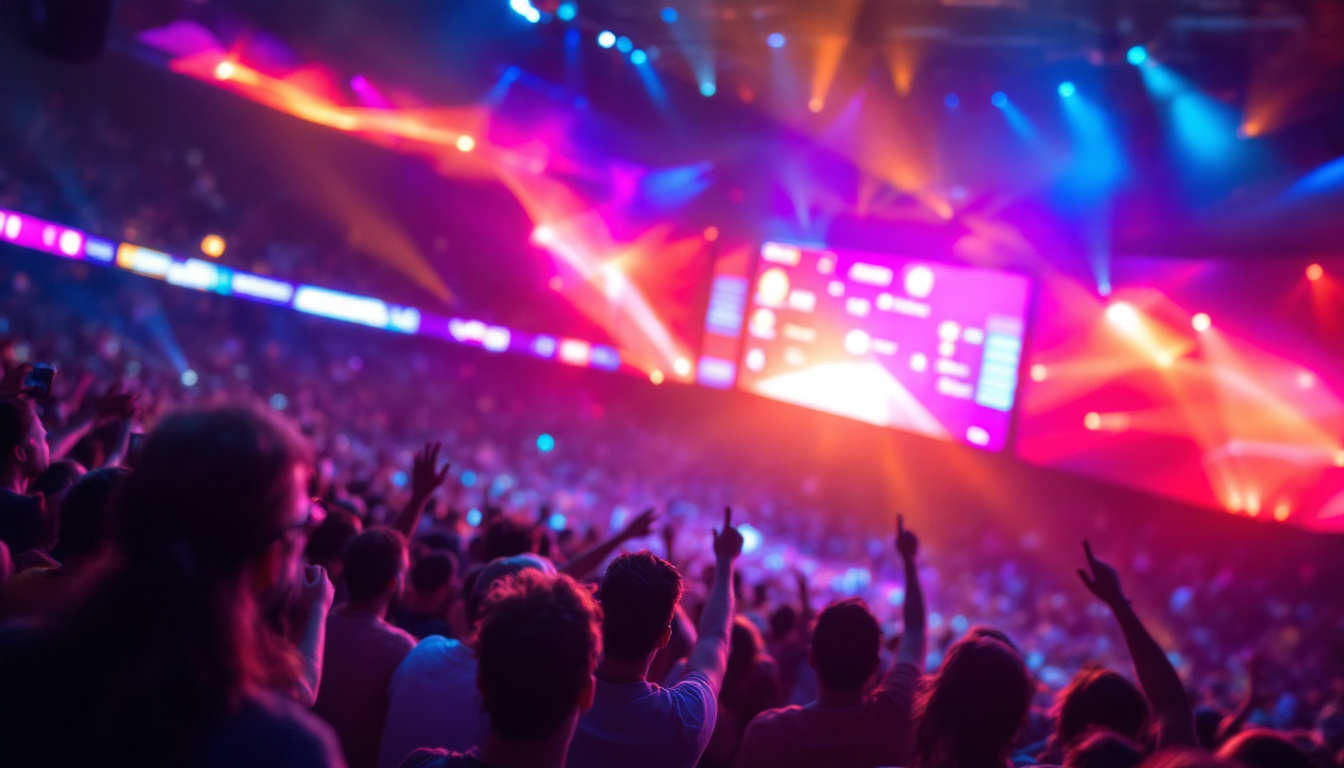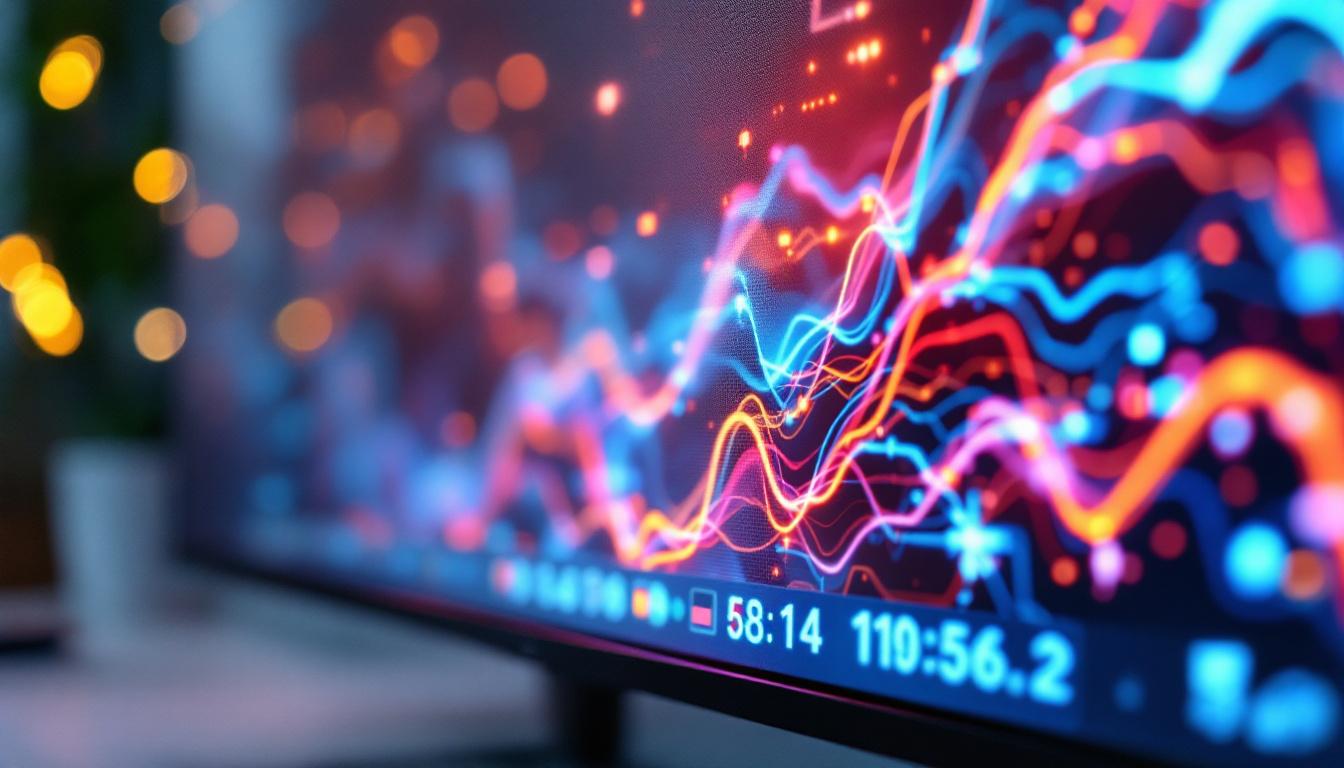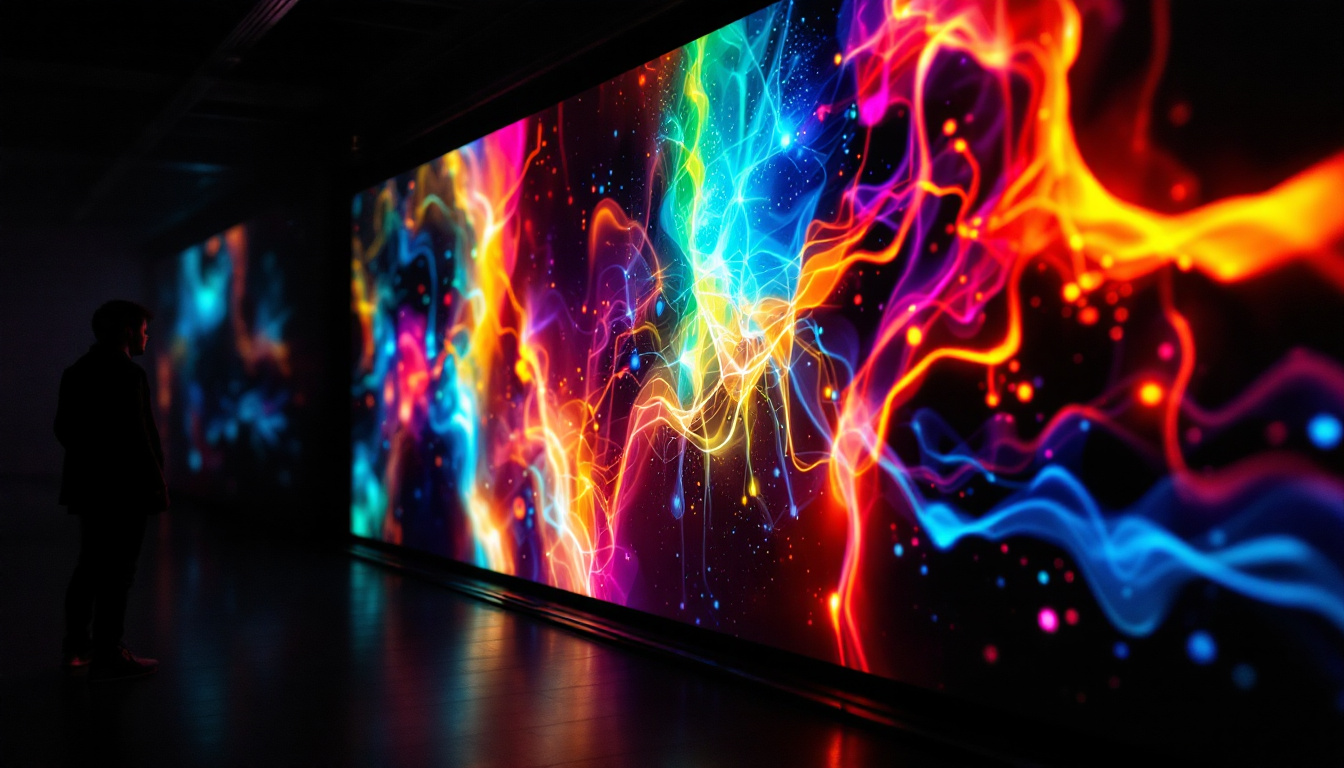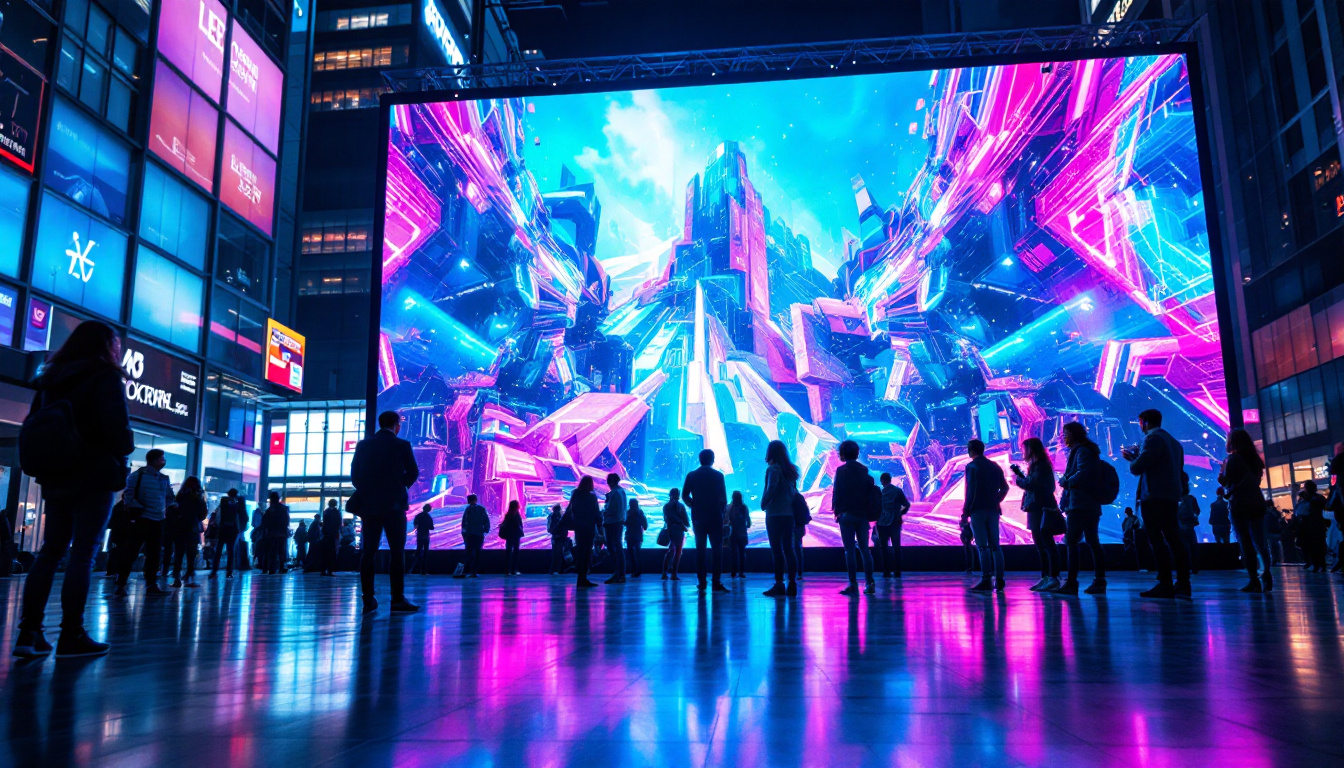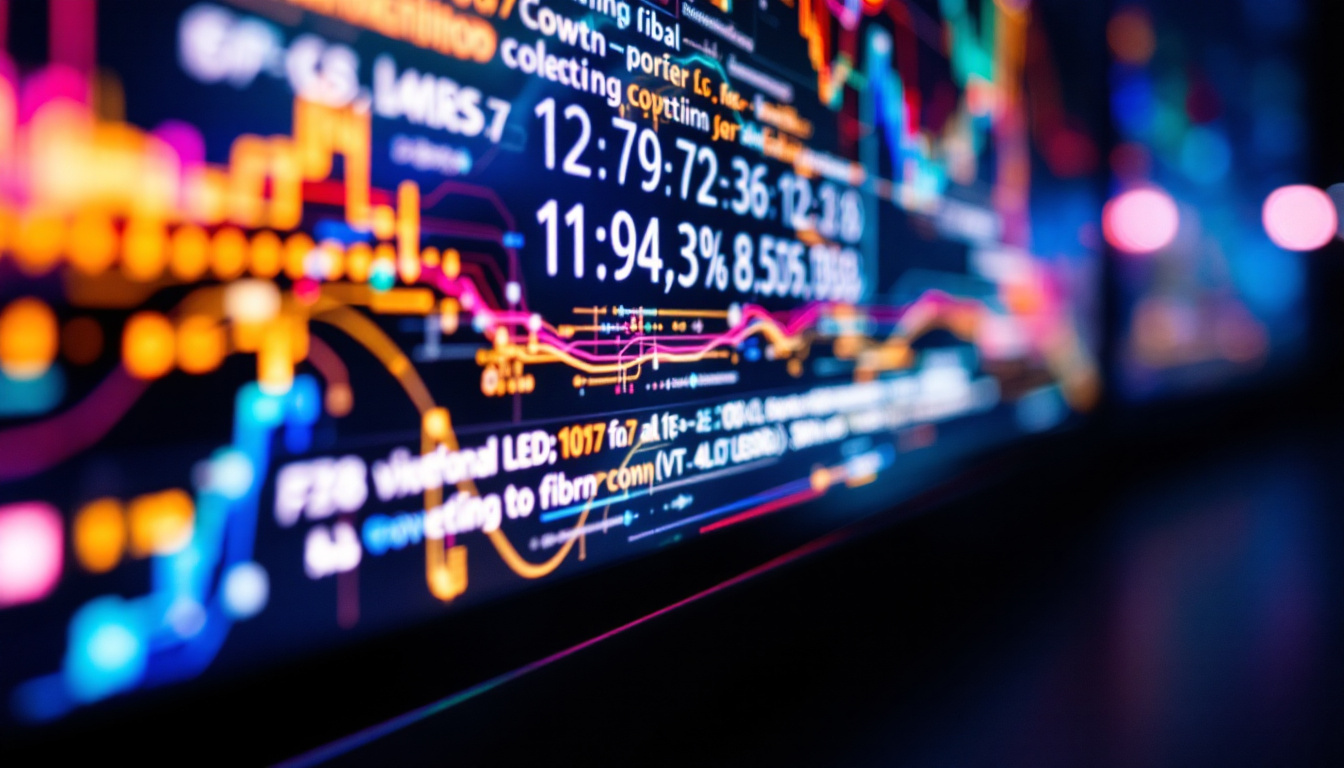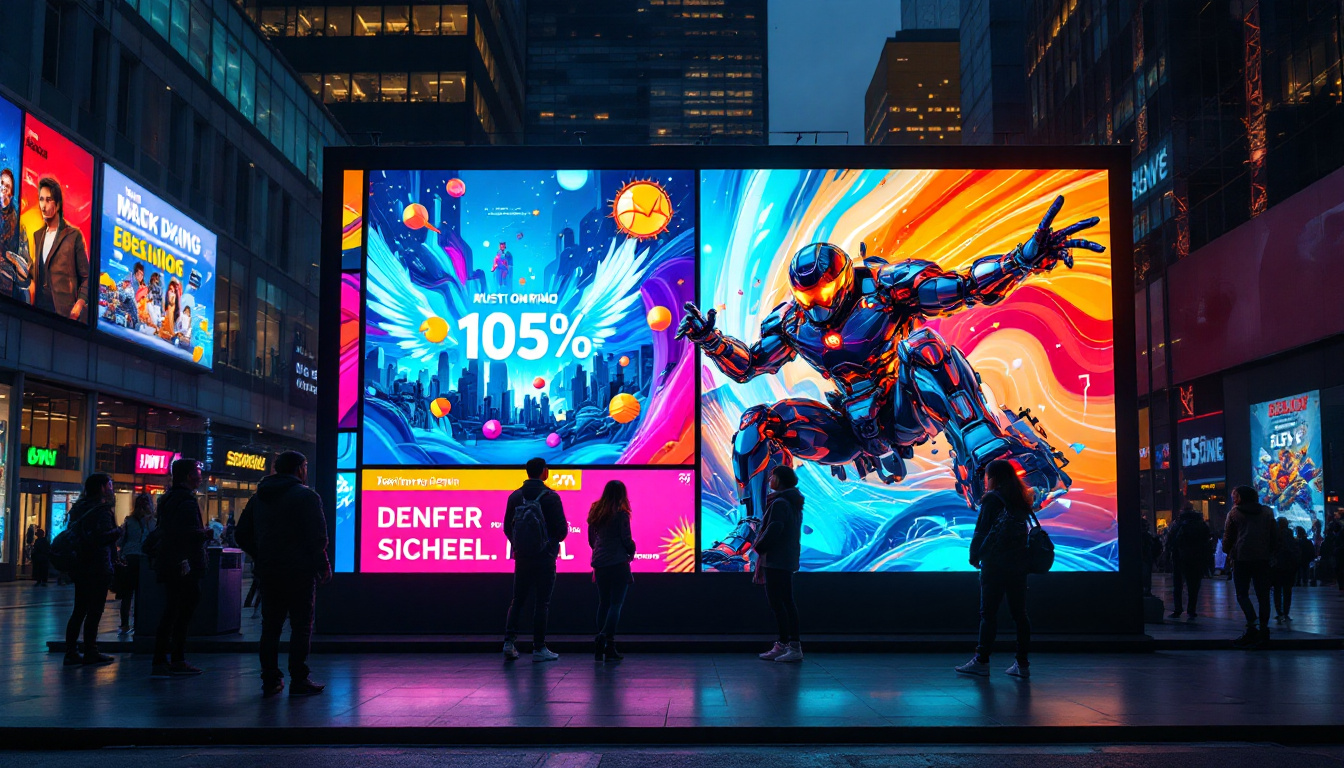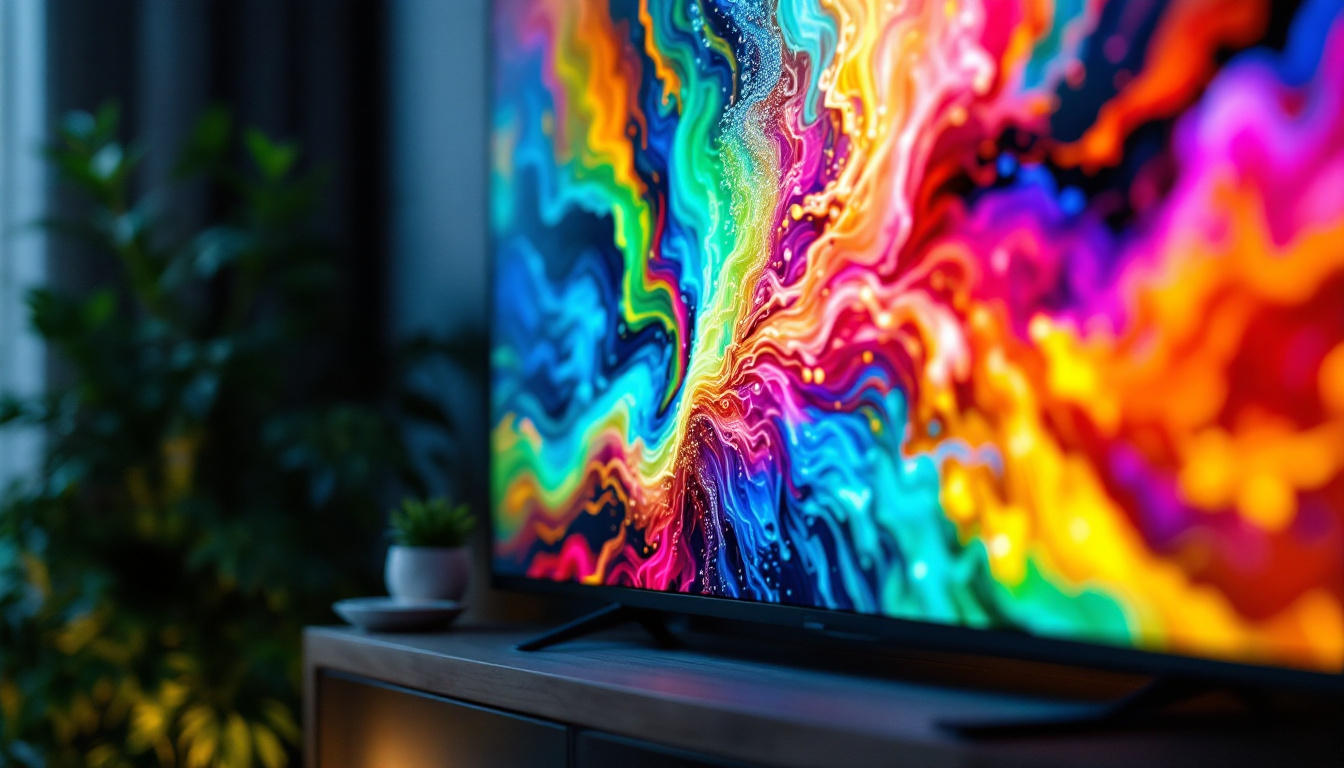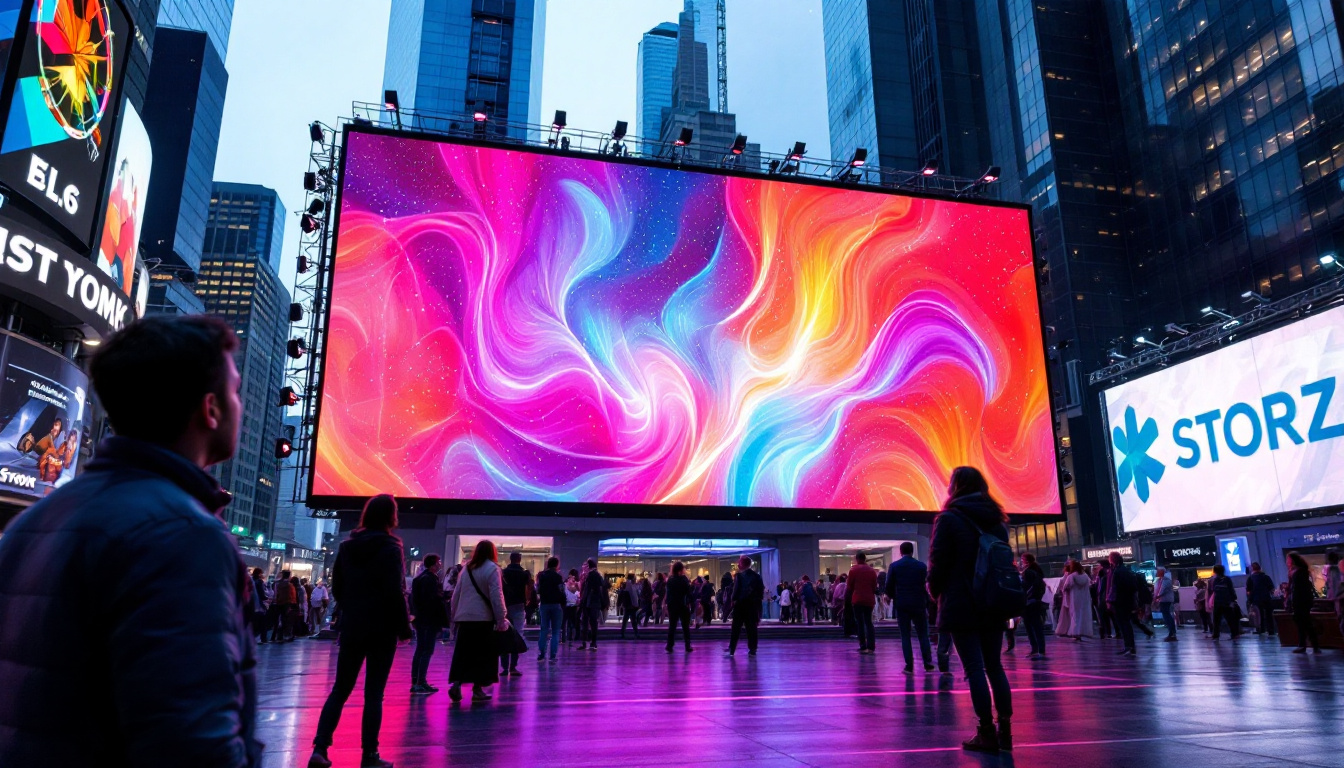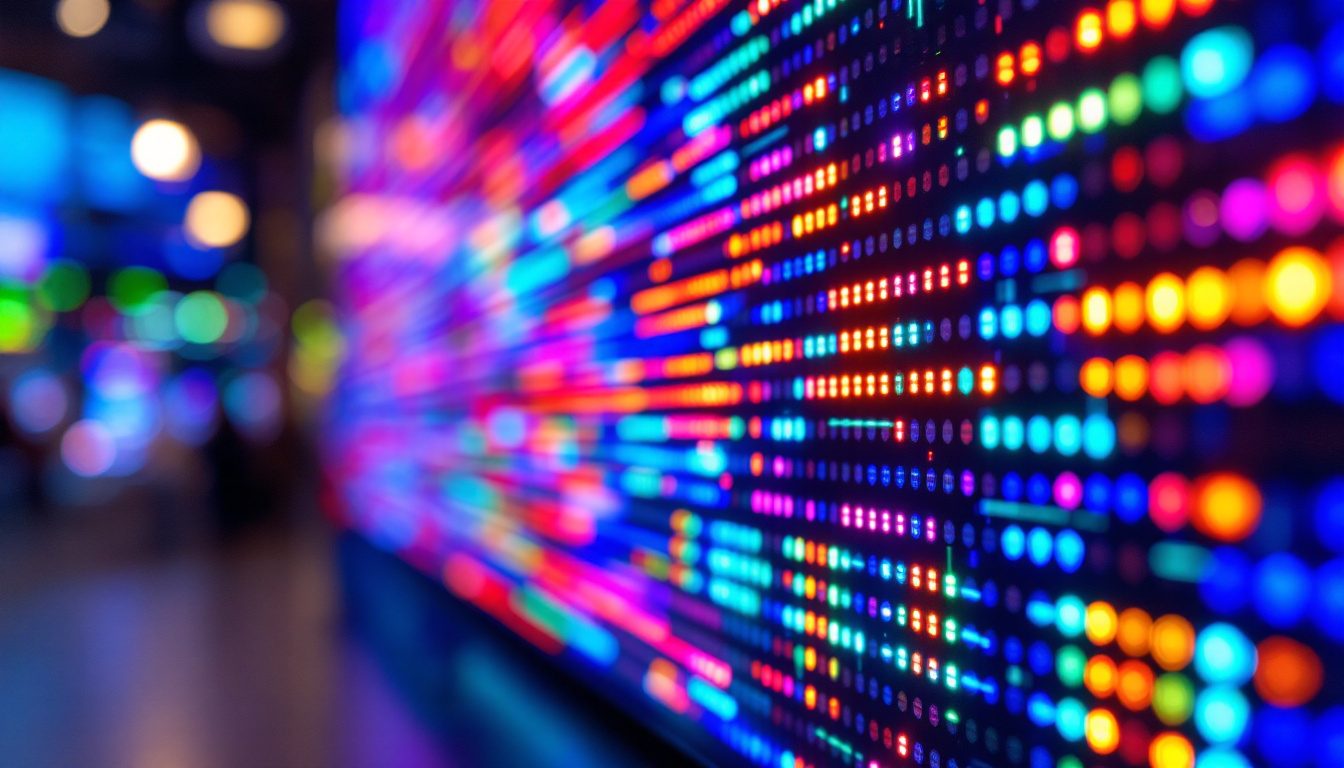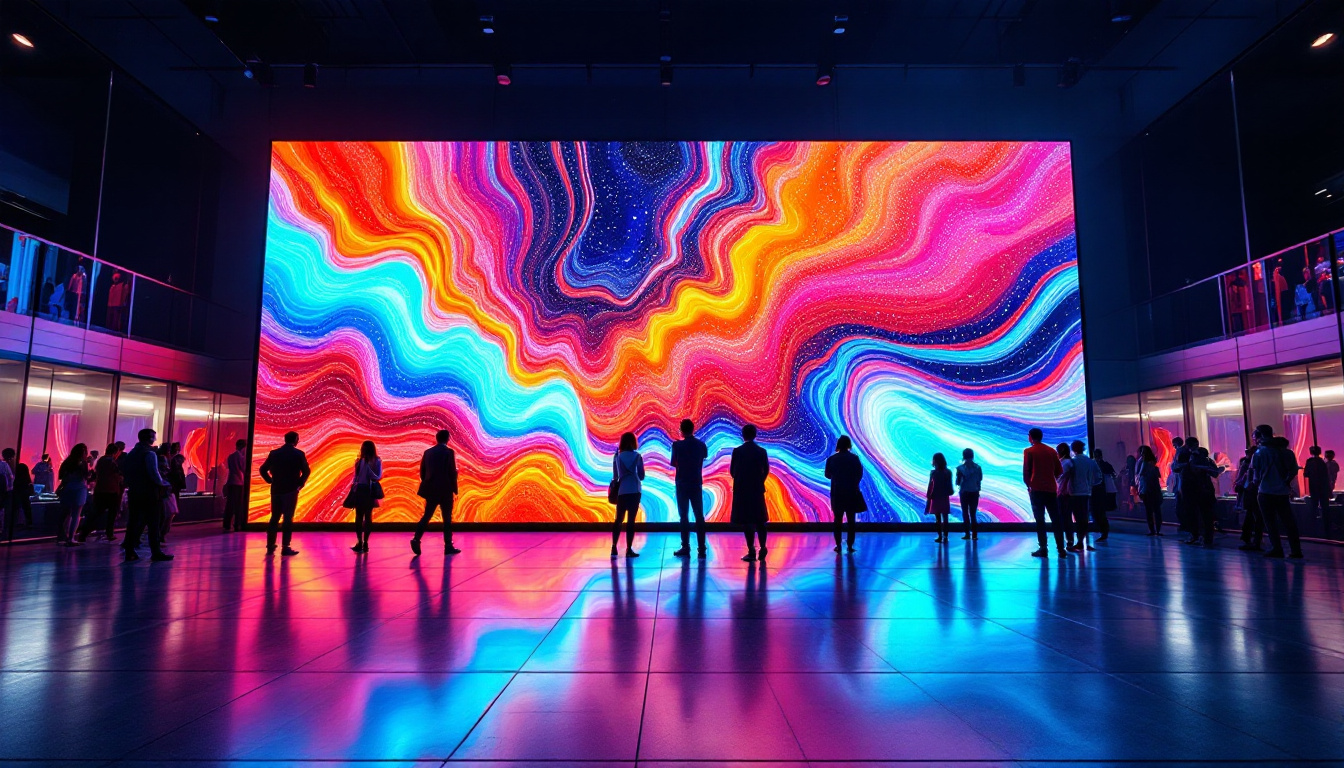In the rapidly evolving world of digital technology, LED displays have become a cornerstone of visual communication. From vibrant billboards to intricate control panels, LED displays are everywhere, offering bright, energy-efficient solutions for a variety of applications. This article delves into the specifics of the 3.9 4 LED display, explaining its technology, advantages, and practical uses, while providing insights into why this particular specification is gaining traction in the industry.
Understanding LED Display Technology
What is an LED Display?
LED stands for Light Emitting Diode, a semiconductor device that emits light when an electric current passes through it. An LED display is a flat panel that uses an array of these tiny LEDs to create images, videos, and text. Each LED acts as a pixel, and by controlling the brightness and color of each pixel, the display can produce detailed and vibrant visuals.
LED displays are widely favored for their brightness, energy efficiency, and longevity compared to traditional display technologies such as LCD or plasma. They are commonly used in outdoor advertising, stadium screens, traffic signals, and even indoor signage. The versatility of LED technology allows for a range of applications, from large-scale billboards that can be seen from great distances to smaller displays used in retail environments to attract customers. Moreover, advancements in LED technology have led to the development of flexible and transparent displays, opening up new possibilities for innovative design and integration into various environments.
Decoding the 3.9 4 Specification
The numbers “3.9” and “4” in the context of LED displays usually refer to the pixel pitch and module size or configuration. Pixel pitch is the distance in millimeters from the center of one LED cluster (pixel) to the next. A 3.9 mm pixel pitch means that the LEDs are spaced 3.9 millimeters apart, which directly influences the display’s resolution and viewing distance.
The “4” often denotes the module size or the number of LEDs per pixel, depending on the manufacturer’s terminology. In many cases, it refers to a 4-in-1 LED cluster, where four LEDs (red, green, blue, and sometimes white) combine to form a single pixel capable of producing a full range of colors. This configuration enhances color accuracy and brightness, making the display more appealing to viewers. Additionally, understanding these specifications is crucial for selecting the right LED display for your needs, as they affect image clarity, viewing distance, and overall display performance. For instance, a smaller pixel pitch is ideal for applications where viewers are closer to the screen, such as in retail environments or control rooms, while a larger pixel pitch may be sufficient for outdoor advertising where the audience is further away.
Key Features of 3.9 mm LED Displays
High Resolution and Image Quality
With a 3.9 mm pixel pitch, these LED displays offer a fine balance between resolution and cost. They provide sharper images than larger pitch displays (such as 10 mm or 16 mm), making them suitable for closer viewing distances. This pixel pitch is ideal for indoor or semi-outdoor environments where viewers are relatively near the screen, such as retail stores, conference rooms, or transportation hubs.
For example, a 3.9 mm LED display measuring 2 meters by 1 meter can contain over 51,000 pixels, delivering crisp, detailed visuals. This makes it an excellent choice for applications requiring clear text, complex graphics, and smooth video playback. In environments like trade shows or exhibitions, where capturing attention is crucial, the high resolution ensures that every detail stands out, enhancing the overall impact of the displayed content. Additionally, the ability to showcase high-definition video and dynamic graphics allows businesses to create engaging experiences that resonate with their audience.
Brightness and Visibility
LEDs are known for their exceptional brightness, and a 3.9 mm LED display is no exception. These displays typically offer brightness levels ranging from 1,000 to 5,000 nits, depending on whether they are designed for indoor or outdoor use. This brightness ensures that the display remains visible even in direct sunlight, making it versatile for various lighting conditions.
Moreover, LED displays have wide viewing angles, often exceeding 140 degrees horizontally and vertically, which means the image quality remains consistent even when viewed from the side. This is particularly important in public spaces where audiences may be spread out. The combination of high brightness and wide viewing angles makes these displays ideal for large venues like stadiums or concert halls, where attendees might be seated at varying distances from the screen. The ability to maintain color accuracy and clarity from multiple perspectives enhances the overall viewing experience, ensuring that no one misses out on the action.
Energy Efficiency and Durability
Compared to older display technologies, LED displays consume significantly less power. The 3.9 mm LED modules use advanced semiconductor materials and efficient power management systems to minimize energy consumption while maintaining high brightness levels.
Durability is another hallmark of LED displays. They are resistant to shock, vibration, and temperature fluctuations, making them suitable for both indoor and outdoor installations. The lifespan of LEDs typically ranges from 50,000 to 100,000 hours, which translates to many years of reliable operation. Additionally, many modern LED displays are designed with modular components, allowing for easy repairs and upgrades. This modularity not only extends the life of the display but also provides a cost-effective solution for businesses looking to adapt their technology as needs evolve. Furthermore, the low heat emission of LED displays contributes to their longevity, as it reduces the risk of overheating and associated failures, ensuring consistent performance over time.
Applications of 3.9 mm LED Displays
Indoor Advertising and Retail
Retail environments benefit greatly from 3.9 mm LED displays due to their high resolution and vibrant colors. These displays can be used for dynamic advertising, promotional videos, and interactive signage that capture customer attention and enhance the shopping experience.
For instance, a clothing store might use a 3.9 mm LED wall to showcase new collections or seasonal sales, providing an engaging and visually appealing medium that outperforms traditional printed posters.
Corporate and Conference Settings
In corporate environments, LED displays with a 3.9 mm pixel pitch are ideal for conference rooms, auditoriums, and control centers. Their clarity ensures that presentations, data visualizations, and video conferences are easily visible to all participants, improving communication and collaboration.
Companies often install these displays as part of digital signage systems to share real-time information, such as stock prices, news feeds, or internal announcements, enhancing workplace efficiency.
Transportation and Public Information
Transportation hubs like airports, train stations, and bus terminals use 3.9 mm LED displays to provide travelers with clear and timely information. These displays can show schedules, alerts, advertisements, and wayfinding cues, all with excellent visibility and readability.
The durability and brightness of these displays make them well-suited for high-traffic areas where information must be conveyed quickly and effectively.
Entertainment and Events
Concerts, theaters, and sports arenas utilize 3.9 mm LED screens for live video feeds, scoreboards, and immersive visual effects. The fine pixel pitch allows audiences to enjoy detailed images even from relatively close distances, enhancing the overall experience.
Event organizers appreciate the modular nature of these displays, which can be assembled in various sizes and shapes to fit different venues and creative designs.
Choosing the Right 3.9 mm LED Display
Consider Viewing Distance
The optimal viewing distance for a 3.9 mm pixel pitch display typically ranges from 3 to 7 meters. Closer than this, the pixels may become visible to the naked eye, reducing image quality. Farther away, the resolution may be unnecessarily high, increasing costs without noticeable benefits.
Understanding where and how the display will be viewed is essential to determining whether a 3.9 mm pitch is appropriate or if a finer or coarser pitch would better suit the application.
Assess Environmental Conditions
Environmental factors such as lighting, weather exposure, and ambient temperature impact the choice of LED display. For outdoor installations, brightness levels above 4,000 nits and weatherproof enclosures are necessary to ensure visibility and durability.
Indoor displays can have lower brightness but may require features like anti-glare coatings or high refresh rates to prevent flickering and eye strain.
Evaluate Budget and Maintenance
While 3.9 mm LED displays offer excellent image quality, they tend to be more expensive than displays with larger pixel pitches. Budget constraints may influence the size and resolution of the display selected.
Maintenance is another consideration. LED modules are generally easy to service, but it’s important to choose a supplier that offers reliable support and warranty options to minimize downtime and repair costs.
Future Trends in LED Display Technology
Miniaturization and Higher Resolution
As LED technology advances, pixel pitches are shrinking further, with displays now available at 1.2 mm or even smaller. These ultra-fine pitch displays are pushing the boundaries of image clarity, especially for indoor applications like control rooms and broadcast studios.
However, the 3.9 mm pitch remains a popular choice for many due to its balance of quality and cost-effectiveness.
Integration with Smart Technologies
Modern LED displays are increasingly integrated with smart technologies such as IoT sensors, AI-driven content management, and real-time analytics. This integration allows for dynamic content adjustments based on audience demographics, environmental conditions, or operational needs.
For example, a 3.9 mm LED display in a shopping mall might automatically adjust brightness and content based on the time of day or foot traffic patterns.
Energy Efficiency and Sustainability
With growing emphasis on sustainability, LED manufacturers are focusing on reducing power consumption and using eco-friendly materials. Advances in semiconductor design and power management mean that future 3.9 mm LED displays will be even more energy-efficient, helping businesses reduce their carbon footprint.
Recyclability and longer lifespans also contribute to making LED displays a greener choice compared to other display technologies.
Conclusion
The 3.9 4 LED display represents a versatile and high-performance solution in the realm of digital signage and visual communication. Its combination of fine pixel pitch, brightness, and durability makes it suitable for a wide range of applications, from retail and corporate environments to public spaces and entertainment venues.
By understanding the technical specifications and practical considerations outlined in this article, businesses and organizations can make informed decisions when selecting LED displays that meet their specific needs. As technology continues to evolve, the 3.9 mm LED display remains a reliable and cost-effective choice for delivering vibrant, eye-catching visuals that engage and inform audiences effectively.
Discover LumenMatrix’s Advanced LED Solutions
Ready to elevate your visual communication with cutting-edge technology? LumenMatrix offers a comprehensive range of LED display solutions tailored to your unique needs. From the vibrant Indoor LED Wall Display to the dynamic Outdoor LED Wall Display, and from the mobile versatility of the Vehicle LED Display to the innovative LED Transparent Display, our products are designed to captivate and engage your audience. Embrace the future of digital signage with LumenMatrix’s mission to deliver impactful and clear messaging through superior LED displays. Check out LumenMatrix LED Display Solutions today and transform your visual experience.

